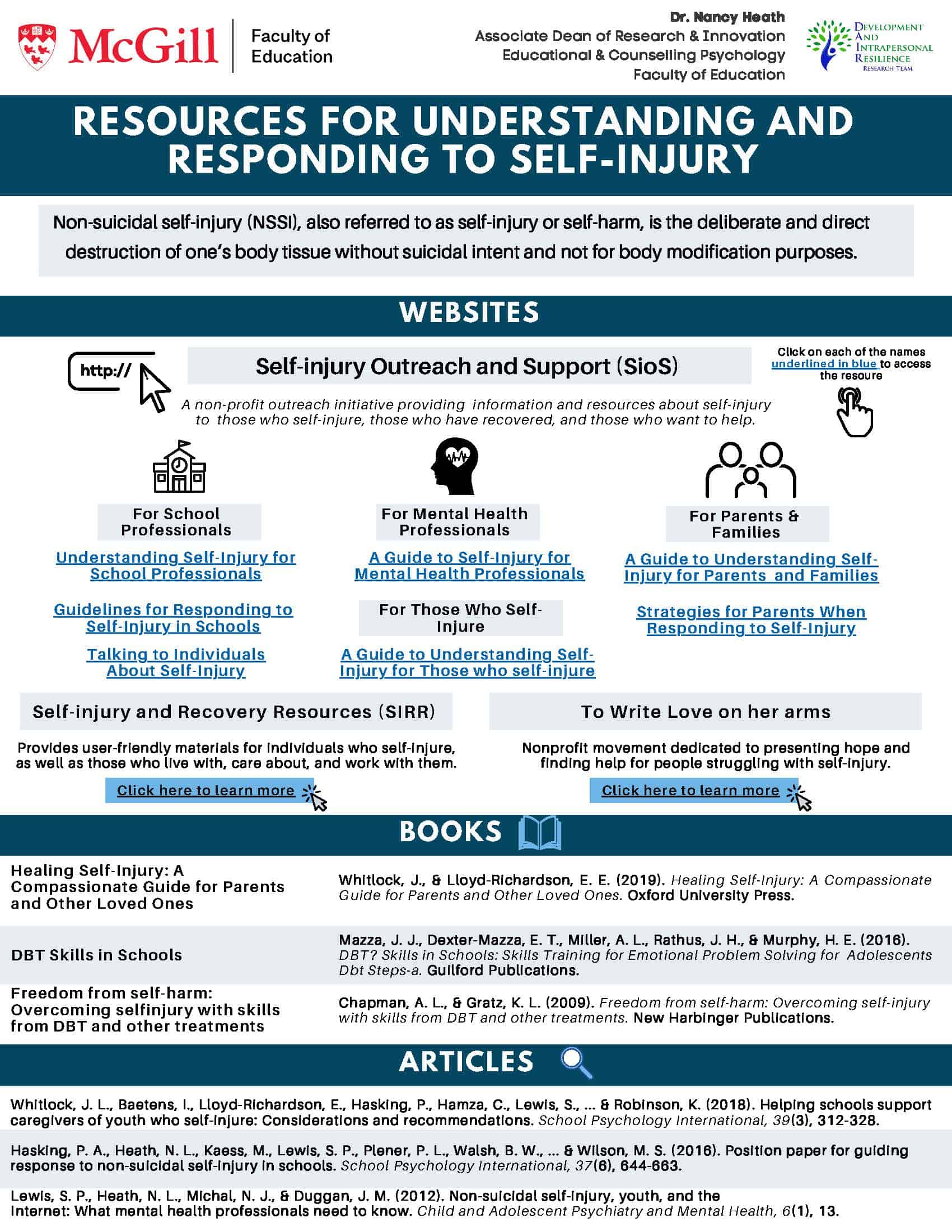As part of Relate Malaysia's community education program, we hosted Dr. Nancy Heath, a leading expert on self-injury on Facebook Live. She talked about what is self-injury and what are the best ways to respond to someone who self-injures.
What is NSSI:
Non-suicidal self injury (NSSI) is defined as the "deliberate immediate destruction of body tissue in the absence of suicidal intent and for reasons that are not culturally/socially acceptable". Common methods of NSSI include cutting, burning, hitting, biting, scratching, scraping and carving.
People of all ages, genders, cultures and education levels self-injure. People who self-injure are not seeking for attention. For most people, self-injury is a means of coping with intense negative emotions and they will usually try to hide the self-injury. NSSI is an unhealthy coping strategy done to feel better from psychological pain, and not a way to end life (suicide).
How should we respond to self-injury?
Here are some dos and don'ts of responding to self-injury.
Do
- Communicate caring and concern calmly and respectfully.
- Be honest about how worried you are.
- Listen non-judgmentally.
- Use their language.
- Make the individual aware that you know the difference between NSSI and suicide.
- Decrease stigma by framing NSSI as an unhealthy coping behaviour.
Don't
- Communicate shock, horror or anger.
- Encourage descriptions of the self-injury
- Give ultimatums or try to "force" them to stop.
- Judge or analyze what is going on.
- Ask why questions (e.g. "But WHY are you doing this to yourself")
- Go silent or not talk about the self-injury.
- Give advice or tell stories of other individuals with NSSI.
The first response should be just listening to what's going on in their lives, NOT about stopping self-injury.
Click here to watch her talk on our Facebook page. Resources from her talk are provided below.


